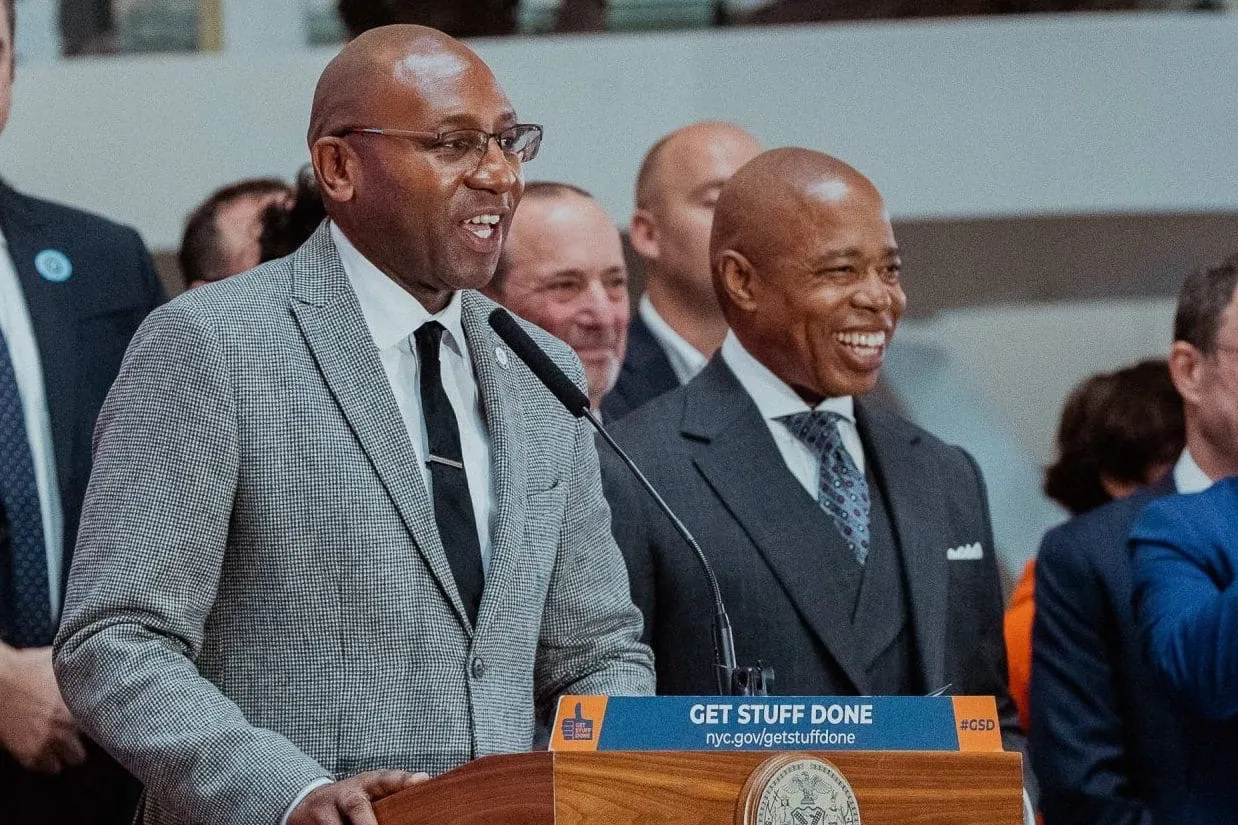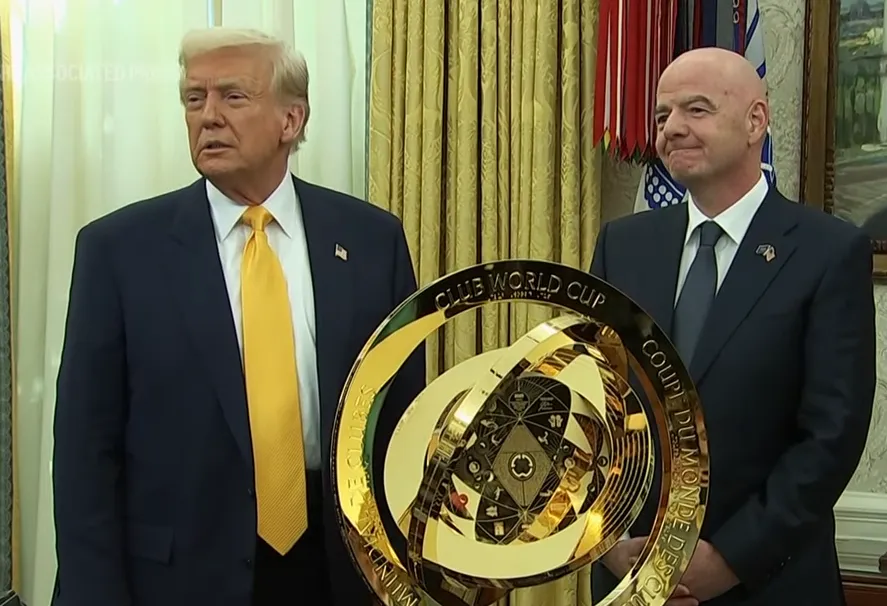Those of us who read the New York Times are usually delighted when we find a mention of New York City FC in those storied pages. Earlier this morning, the Times published an article titled “Will New York City’s Soccer Stadium Cost Taxpayers $0 or $516 Million?” While Newspaper of Record can’t always be bothered to cover a deep run in the playoffs, it will sniff out a story if it involves politics, real estate, and a headline that can include a fat, juicy dollar amount.
The article takes a report issued by the Independent Budget Office stating that the city will lose $1.7 billion in property taxes over the course of the 49-year lease for NYCFC’s proposed stadium at Willets Point, or $516 million in today’s dollars. Because the land was leased, and not purchased, no property taxes will be paid.
How could NYCFC do New York City like that? After all, the New York Times certainly knows that every not a single sports arena within the Five Boroughs pays property taxes.
That’s right: No stadium or arena in the city pays property taxes.
In other words, NYCFC aren’t the beneficiary of some some crafty exemption negotiated in smoke-filled backrooms and signed in invisible ink, it’s simply business as usual here in Gotham. In fact, the proposed NYCFC stadium will have the lightest economic burden of all of the major venues in New York. The annual corporate giveaways dolled out by way of tax exemptions to Yankee Stadium ($110.9 million), Citi Field ($106 million), Barclays Center ($85.2 million), and Madison Square Garden ($42 million) – that’s a combined $345 million for those of you keeping count – dwarfs the estimated $10 million of the NYCFC stadium. If you want to see the figures yourself, click on the city’s Annual Report on Tax Expenditures for Fiscal Year 2022 and scroll down to page 170. Fun stuff.









